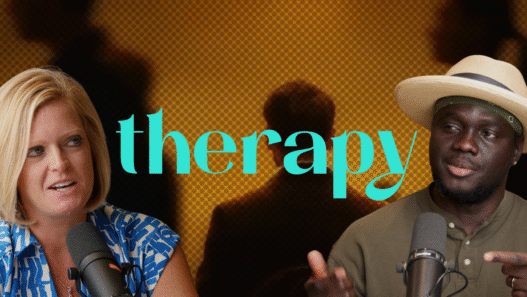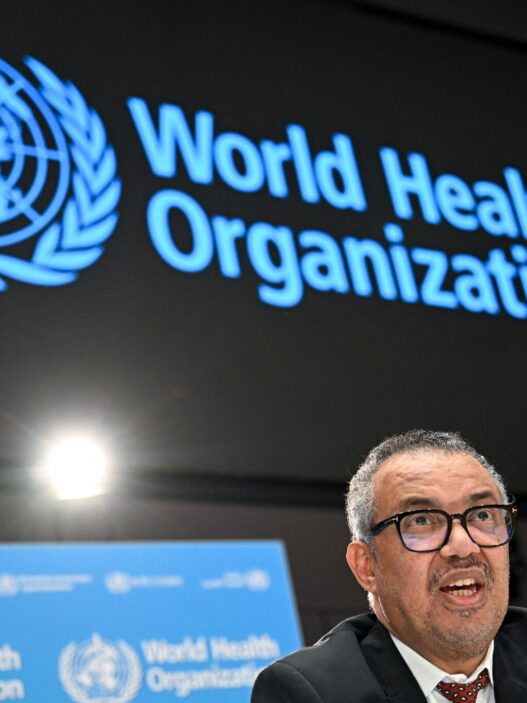The Substance Abuse and Mental Health Services Administration (SAMHSA), the federal agency responsible for overseeing mental health and addiction services, is facing major staff reductions as part of broader government cost-cutting measures.
Reports indicate that up to 50% of the agency’s workforce may be eliminated, raising concerns about the future of critical mental health programs at a time when suicide rates, overdose deaths, and mental health crises are at all-time highs.
Mental health advocates, lawmakers, and healthcare professionals have strongly criticized the cuts, warning that they could destabilize programs that serve millions of Americans and weaken the nation’s ability to respond to mental health emergencies.
What’s Happening at SAMHSA?
SAMHSA, which operates with a $7.2 billion budget, is expected to lose nearly half of its workforce.
Six out of ten regional offices may close, further limiting access to critical services.
Some remaining staff are being offered $25,000 incentives to voluntarily leave, in what officials describe as an effort to streamline the agency.
These staffing cuts are part of the Department of Government Efficiency (DOGE), a controversial initiative under Elon Musk’s leadership that aims to reduce federal spending and restructure agencies.
While the administration argues that cutting “waste” in government will save taxpayer money, opponents say gutting SAMHSA will leave millions without support.
Who Will Be Impacted?
SAMHSA oversees a wide range of mental health and substance use disorder programs that serve vulnerable populations across the country.
The proposed cuts could undermine life-saving services, including:
- The 988 Suicide & Crisis Lifeline:
Since launching in July 2022, the 988 Lifeline has answered over 14.5 million calls, texts, and chats. With staffing reductions, call centers may face longer wait times, potentially leaving people in crisis without immediate help. - Community Mental Health Services:
SAMHSA funds local mental health centers, serving 8.5 million Americans. Staff reductions could lead to funding shortages, forcing community providers to cut services, reduce staff, or close clinics altogether. - Opioid Addiction & Recovery Programs:
The U.S. is still battling an opioid overdose epidemic, with over 100,000 overdose deaths reported in 2023 alone. SAMHSA provides funding for opioid addiction treatment, harm reduction programs, and recovery services, all of which are now at risk. - Youth & School-Based Mental Health Support:
Programs like Project AWARE provide mental health screenings and early intervention for students. In 2023 alone, the program screened nearly 300,000 children and referred 92,205 for further treatment. With funding cuts, thousands of children may lose access to critical mental health resources.
“Our country is in the midst of a well-documented mental health, overdose, and suicide crisis,” said Daniel H. Gillison Jr., CEO of the National Alliance on Mental Illness (NAMI). “Cutting SAMHSA’s workforce will only make these crises worse.”
Backlash From Lawmakers and Mental Health Advocates
The cuts have sparked strong opposition from lawmakers on both sides of the aisle.
A bipartisan group of 57 lawmakers sent a letter to Health and Human Services Secretary Kennedy, urging the administration to halt the reductions.
“Slashing SAMHSA’s workforce without understanding the full impact is reckless,” said Rep. Paul Tonko (D-NY).
“These are the people who manage our nation’s mental health programs. Cutting them off now will have devastating consequences,” added Rep. Andrea Salinas (D-OR).
Mental health professionals have also expressed concerns that the cuts could reverse years of progress in reducing mental health stigma, expanding access to treatment, and improving suicide prevention efforts.
The Bigger Picture: Mental Health in Crisis
The SAMHSA cuts come at a time when mental health issues in the U.S. are reaching crisis levels.
- Suicide rates have increased 30% over the past two decades.
- One in five U.S. adults experiences mental illness each year, according to the National Institute of Mental Health.
- The pandemic accelerated demand for therapy and psychiatric care, leading to longer waitlists and provider shortages.
Without federal funding and agency oversight, many worry that mental health services will become harder to access, especially for low-income communities, rural areas, and marginalized groups.
What’s Next?
As SAMHSA faces potential mass layoffs, mental health advocates are calling for:
- Congress to intervene and block the proposed cuts.
- More transparency on how mental health funding will be impacted.
- A focus on expanding—rather than dismantling—mental health services.
With public pressure mounting, the final decision on SAMHSA’s future remains uncertain. However, one thing is clear:
At a time when mental health resources are needed more than ever, gutting the federal agency responsible for them could have devastating consequences for millions of Americans.























